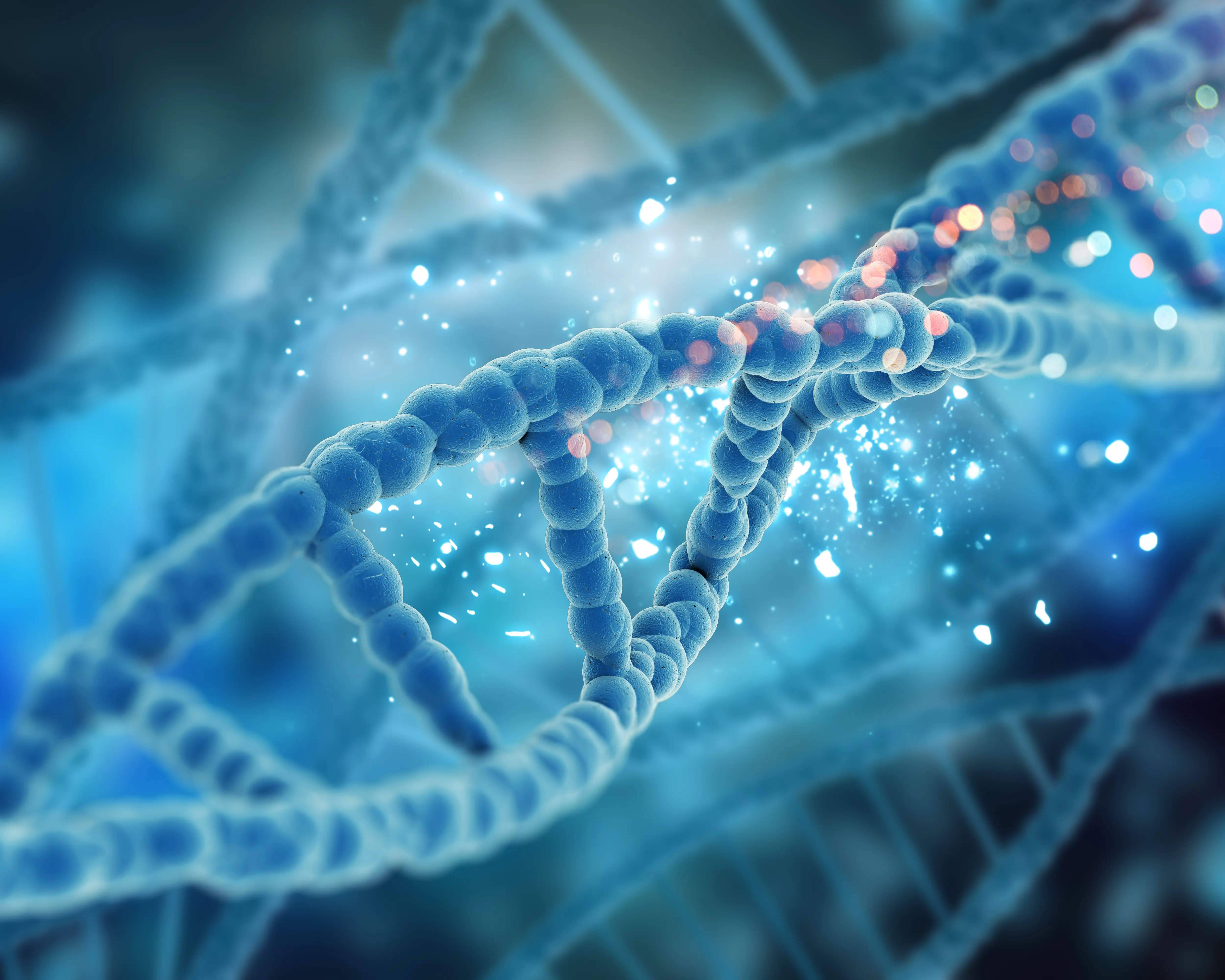
© PMC
Multi-omics analysis
Multi-omics analysis
The so-called multi-omics analysis is an innovative, holistic approach in modern life sciences and personalized medicine, where multiple biological layers of an organism are simultaneously examined and interconnected. The goal is to gain as comprehensive and dynamic an understanding as possible of health, disease development, and individual metabolic processes. While earlier diagnostic methods were mostly focused on single values or individual gene mutations, multi-omics analysis integrates information from various areas such as genomics, epigenomics, proteomics, metabolomics, and microbiomics: Genomics deals with the entire genetic material of a human and provides insights into genetic predispositions, mutations, or inherited disease risks. Epigenomics, in turn, examines chemical changes to the DNA that can influence the activity of genes without changing the genetic sequence itself. Proteomics captures all proteins present or produced in the body—they reflect the actual functional level in cells and respond to influences such as stress, inflammation, or medication intake. Metabolomics analyzes small molecules such as sugars, fatty acids, or amino acids, which as metabolic products provide immediate information about the current functional state of the body. The spectrum is often complemented by microbiomics, which examines the composition of microorganisms—such as in the gut, on the skin, or in the oral flora. These microbial communities interact closely with the human immune system, digestion, nutrient absorption, and even the psyche. By combining these “omics” layers, it is possible to systemically capture complex biological processes—such as in the development of cancer, autoimmune diseases, metabolic disorders, or neurodegenerative diseases. Technically, multi-omics analysis is based on high-resolution methods such as next-generation DNA sequencing, mass spectrometry, and computer-based bioinformatics evaluations. Due to the enormous amounts of data generated, algorithms, artificial intelligence, and machine learning play a central role in evaluation and interpretation. In clinical practice, this approach is gaining increasing importance in personalized medicine, early detection and prevention, nutritional medicine, and longevity research.

_1500x2250_150_RGB-2.webp)







